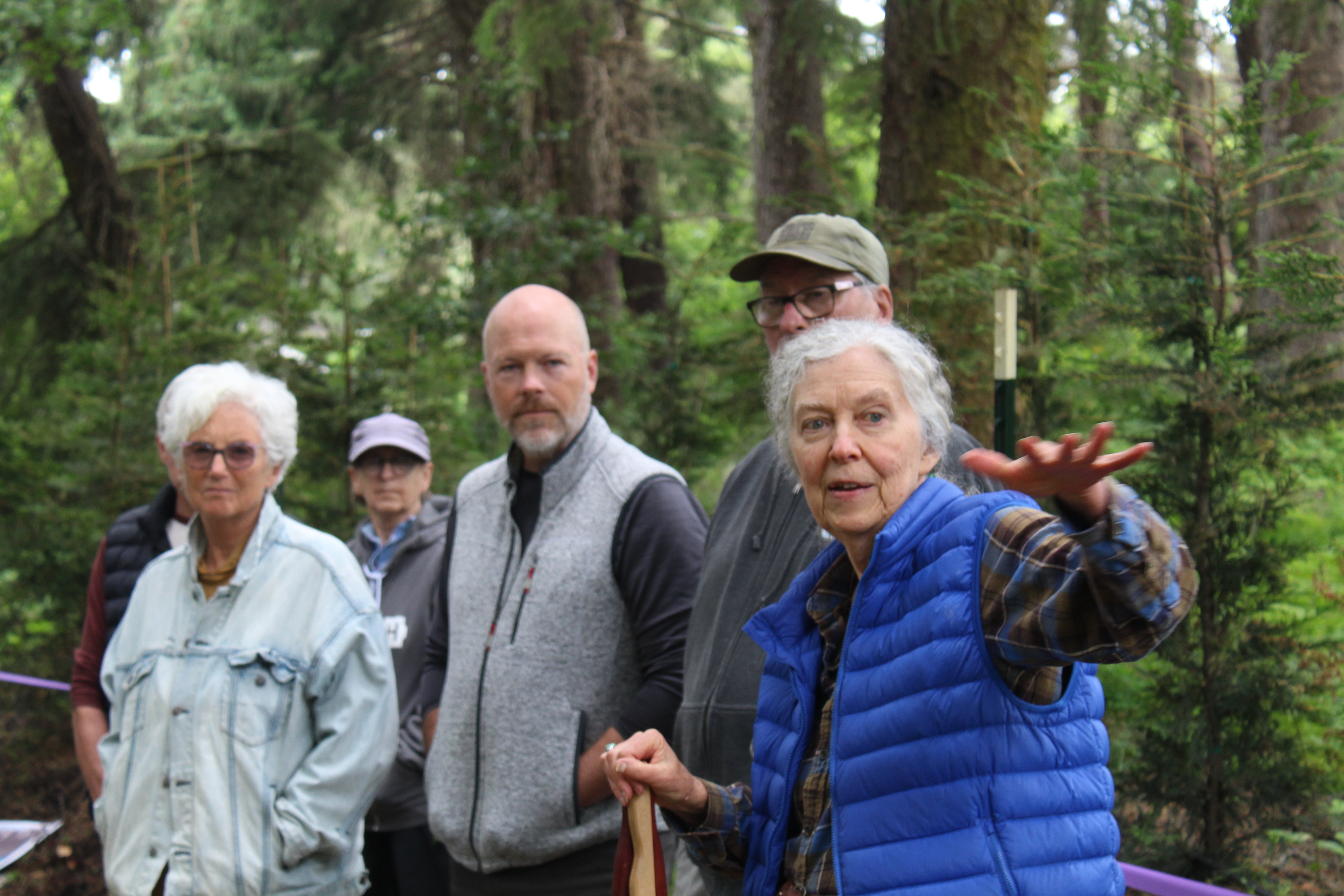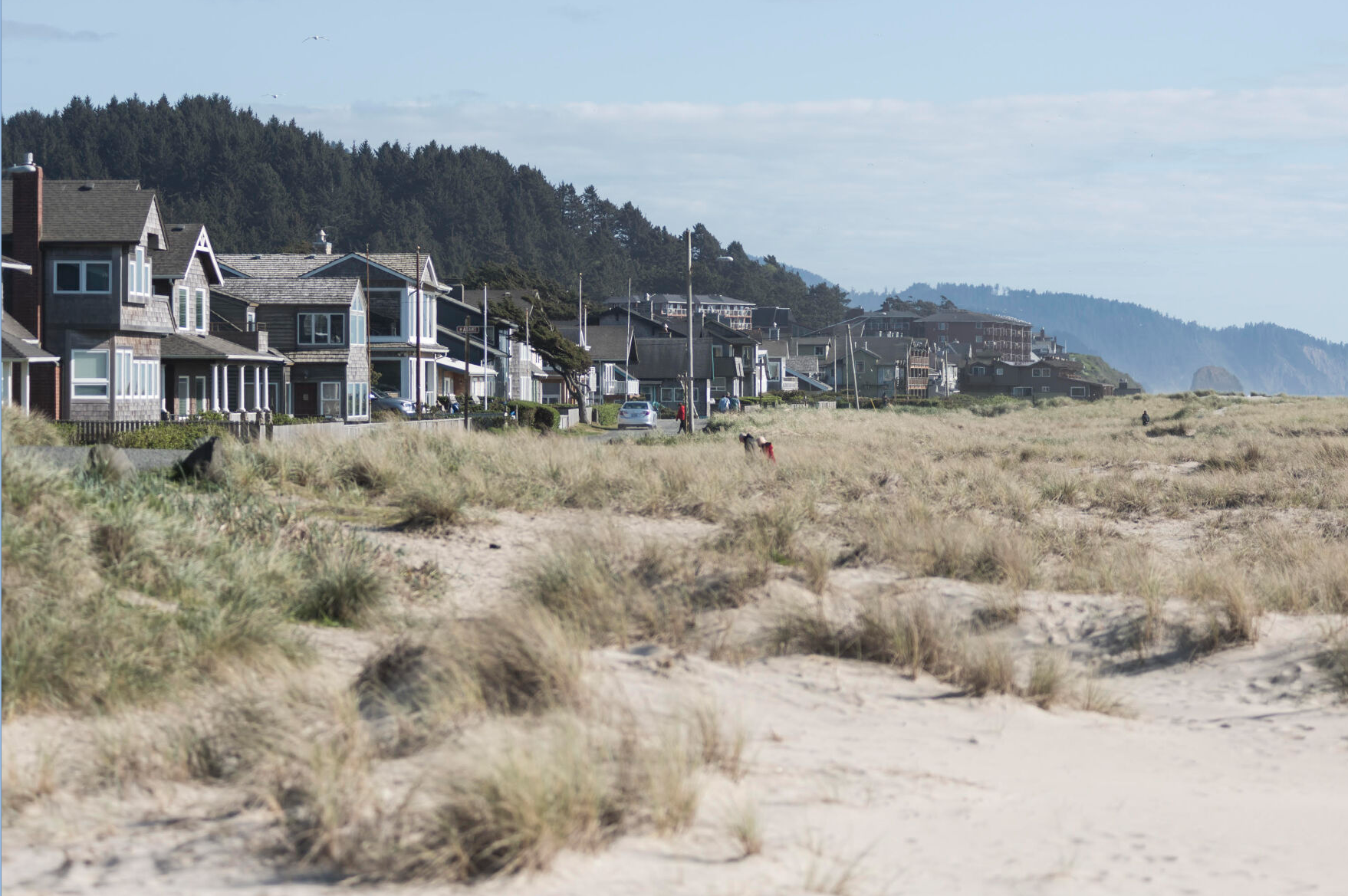Guest Column: Mature stands need protection, too
Published 12:30 am Tuesday, March 19, 2024

- Jim FurnishJim Furnish
Amid all the bad climate and environmental news is a welcome development: the Biden administration’s announcement of a new national policy aimed at protecting old-growth forests.
Trending
The proposal advances the cheapest, most effective solution we have — leave them standing. Temperate rainforests found throughout western Oregon and Washington state trap and store enormous amounts of carbon; even more per acre than Amazon forests!
I came to appreciate the value of mature and old-growth forests in the 1990s while serving as Siuslaw National Forest supervisor in Oregon’s Coast Range. Decades of rampant clearcutting had decimated these forests, driving salmon and wildlife toward extinction. I halted these destructive practices, shifting to a sustainable model by thinning and restoring younger forests while halting logging of mature and old-growth trees over 80 years old.
These dramatic changes responded to the Northwest Forest Plan, which was crafted to address a lawsuit to stop clearcutting public forests managed by the Forest Service and the Bureau of Land Management. The final plan, completed in 1994, was a visionary document; a first-of-its-kind, landscape-level conservation model. The plan seeks to restore mature and old-growth forests to protect populations of the endangered northern spotted owl, marbled murrelet and salmon, as well as sustain healthy aquatic systems.
Trending
In the past 30 years, the plan has succeeded in many surprising ways. It not only preserved vital salmon and wildlife habitat, but also safeguarded drinking water for millions of people. It allowed older forests to begin to recover from unsustainable logging, and in doing so, transformed them from sources of carbon pollution into carbon-capturing powerhouses. Today, Northwest forests managed under the plan have become huge natural carbon reserves, exceeded only by Alaska’s Tongass National Forest.
President Joe Biden’s announcement of this national climate and old-growth protection policy was a welcome and historic acknowledgment of the value of these carbon-capturing giants. It seeks to end commercial logging in old-growth stands, and comes after decades of inaction by Forest Service leaders and resistance by logging corporations.
Biden’s action is a national recognition of a lesson I learned 30 years ago in Oregon — America’s remaining mature and old-growth forests are worth more standing.
This leads me to note that, while protecting old-growth is a major step forward, the policy is glaringly silent about mature forests. Old-growth emerges from mature forests, and without additional measures to address this void, I fear the Forest Service is squandering this opportunity to increase old-growth after decades of aggressive logging eliminated most of what existed as recently as 1950.
The Forest Service has not fully embraced this “conservation moment.” Even as the old-growth protection policy was being announced, the agency was rolling out its plan to amend the Northwest Forest Plan. Some in the agency have argued that the guardrails created by the plan were unnecessary and that ideas like permanent, protected old-growth reserves and tighter rules for logging stands over 80 years old are unnecessary. This is the same kind of misguided thinking that led the agency to clearcut vast swaths of America’s old-growth in the first place.
Any amendment to the Northwest Forest Plan must not reverse gains of the last 30 years. Instead, it should start with the premise that surviving stands of mature and old-growth — trees generally 80 years old and older — should be safeguarded for clean water, fish and wildlife, and for their outsized role in capturing and safely storing the pollution that is causing climate change. Future logging should concentrate on younger trees.
Our public forest lands across America can make a significant contribution in the battle against climate change. Biden, after persistent pleas of the American people, has given the agency clear direction that old-growth forests are natural treasures that should be conserved. The agency needs to faithfully follow that direction and add mature forests to the equation.









